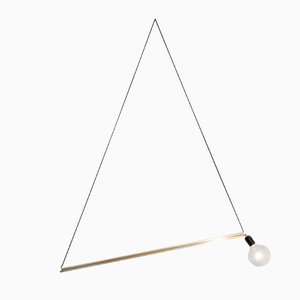A conversation with Philipp Käfer
Das ist Berlin: Part 6
Over the last several months, we’ve connected with a number of Berlin’s rising design stars, all of who are helping define the city’s contemporary design aesthetic. In this installment, we speak with upstart designer Philipp Käfer about the state of design in this rapidly changing city.
Born in Bavaria, rising talent Philipp Käfer studied product design at Germany’s Coburg University before stints with renowned designers Gijs Bakker and Joris Laarman in Amsterdam and Hella Jongerius in Berlin. He opened his own Berlin studio in 2013, focusing on material-driven furniture, lighting, and product designs—such as the No Cardboard! Project (2013), a minimalist furniture series that makes use of a lightweight aluminum technology more commonly associated with aircraft and maritime construction—as well as ongoing freelance work for Bakker, Jongerius, and various production companies.
For Käfer, who today works from a raw workshop surrounded by auto mechanics and other industrial spaces alongside a canal in Neukölln, the city’s relative affordability, open spaces, and anything-goes attitude made it an ideal location to launch his own studio. “I needed space where I could develop myself and found that Berlin was the place that suited this need most, offering enough space both physically and metaphorically. Coming from a small town and studying in a small town, I felt I needed the room to grow as a designer and break through those barriers.” Five years in, the metropolis continues to vivify him. “Berlin is a dynamic and incredibly diverse city. The amount of impressions one gets in one day really helps me to filter and edit; a lot of the time, it’s small surprising things that I find that lend themselves as inspiration.”
In December, Käfer and about a dozen other designers (including Elisa Strozyk, another designer featured in this series) were included in a temporary pop-up shop organized by fellow Berliner and furniture designer Martin Holzapfel. The beautifully curated shop, which is open through March in Mitte, offers a great window onto some of the city’s most exciting design talents. But from Käfer’s perspective, a larger design community is still quite slow coming—a notion repeated by a number of the designers with whom we spoke. Asked to identify existing events or organizations based in Berlin that effectively facilitate exchange amongst Berlin’s designers, Käfer says, “I am astonished by how many designers are in Berlin that I was just not aware of [until recently]. Maybe the point is that it is too widespread and many are moving here after their studies, when the connections you usually make whilst studying just do not apply. Also there is a lack of a consistent design festival or similar that would bring similar parties together.”
He points out a few other events and organizations that certainly do their part, including Max Borka’s State of Design festival, the DMY International Design Festival, a few universities and private schools that teach design, as well as a few clubs like as IDZ and Nachtschicht. But, he says, “They are all not associated to each other, and each event is too small to draw attention, in my opinion. So I am not aware of one ‘must go’ event, where you would meet like-minded people or potential customers. [Nothing] like what’s represented by Milan or IMM [Cologne] fairs.”
But the question of how important that local design community is remains up for grabs. Asked if the area’s design legacy affects his approach, Käfer replies, “Of course I am influenced by German design history. However, I am not consciously trying to align myself with German design tradition. In a very connected world, where I am inspired daily by new impressions from around the globe and where ‘everything is allowed’—in contradiction to ideas like the functionalists and Bauhaus—I can, or even need, to find other ways to define my approach.”
*This story is part of a larger series on the people helping shape Berlin’s design scene today. Get to know more of the new generation of designers—and their thoughts about their chosen hometown—by clicking below.
Das ist Berlin: A conversation with designer Elisa Strozyk Read here.
Das ist Berlin: A visit with Krupka-Stieghan Read here.
-
Text by
-
Anna Carnick
Anna is Pamono’s Managing Editor. Her writing has appeared in several arts and culture publications, and she's edited over 20 books. Anna loves celebrating great artists, and seriously enjoys a good picnic.
-
-
Photos by
-
Ramtin Zanjani
Beyond his role as Pamono’s Head of Photography, Ramtin has honed his keen eye through years of product shoots, art direction, advertising, and documentary work. He doesn’t like to talk about it, but he has some searing photographs available at SaatchiArt.com.
-
-
Photos by
-
Marco Lehmbeck
Born and raised between forests and lakes near Berlin, Marco studied creative writing in Hildesheim and photography in Berlin. He’s also part of the organizational team behind Immergut indie music festival. He loves backpacking, Club-Mate, and avocados, and he always wears a hat.
-
More to Love
No Cardboard in Metallic Pink by Philipp Käfer

Dyed Wooden Textile No 1 by Elisa Strozyk
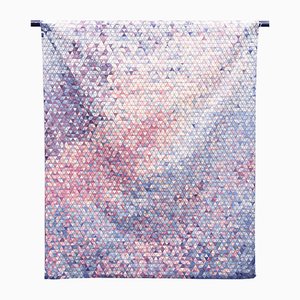
Drop Plate from the Blue Sunday Series by Anna Badur, Set of 4

Blue Sunday / Pool / Plate by Anna Badur, Set of 4
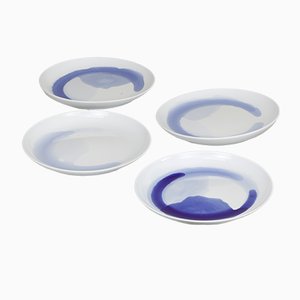
Tide Mugs from the Blue Sunday Series by Anna Badur, Set of 4
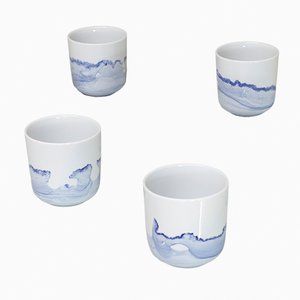
Somebody Got Lucky Shelf by Andreas Berlin

Swim Shelf by Andreas Berlin
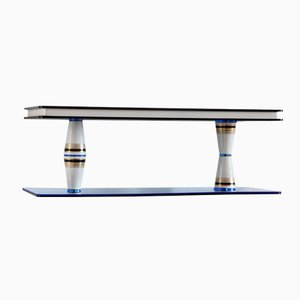
AION Birch Pendant Light by Paul Girardet for Iumi
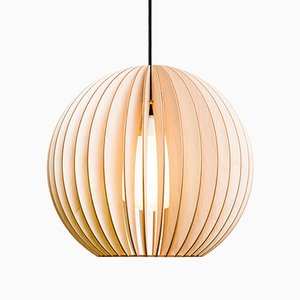
Glück Side Table by Andreas Berlin
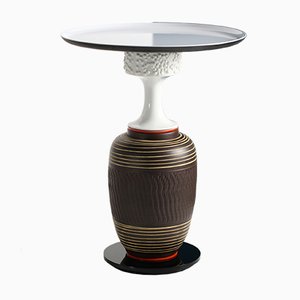
Whatever the Weather #01 Pillow by Anna Badur

Beige & Yellow Cotton Bowl by Krupka-Stieghan
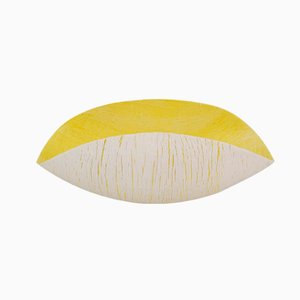
Large Beige Cotton Bowl by Krupka-Stieghan
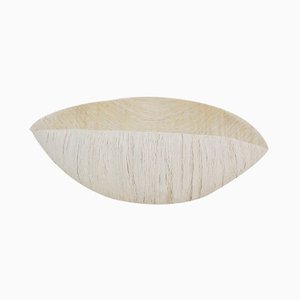
Black & Beige Cotton Bowl by Krupka-Stieghan
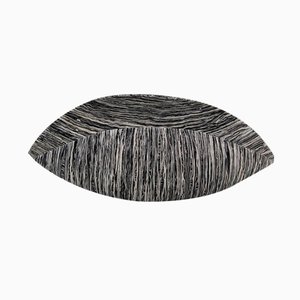
Black & Yellow Cotton Bowl by Krupka-Stieghan
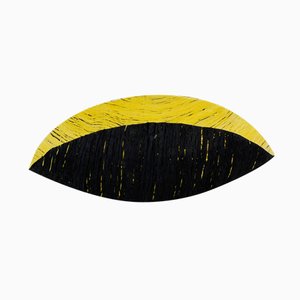
Yellow & Beige Cotton Bowl by Krupka-Stieghan
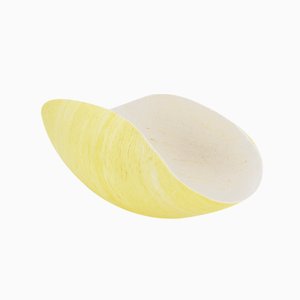
DREI Pendant Lamp by Katrin Greiling for Studio Greiling
